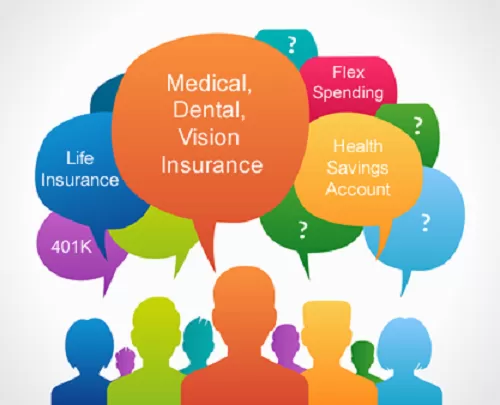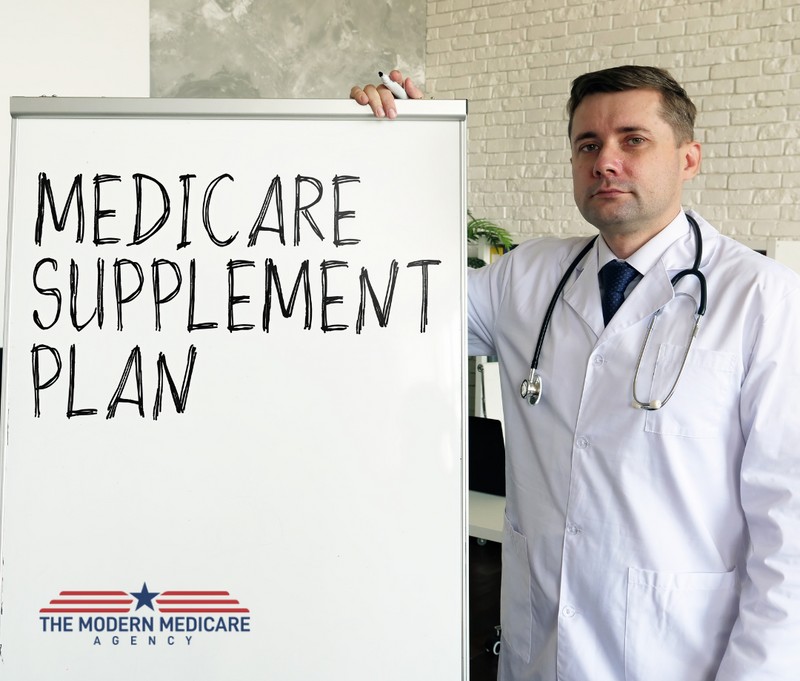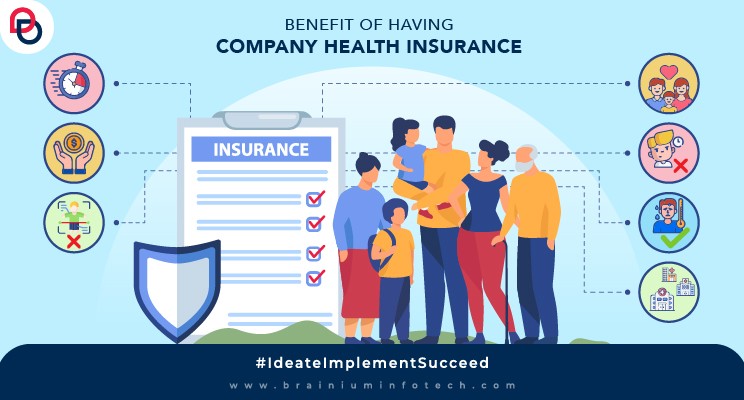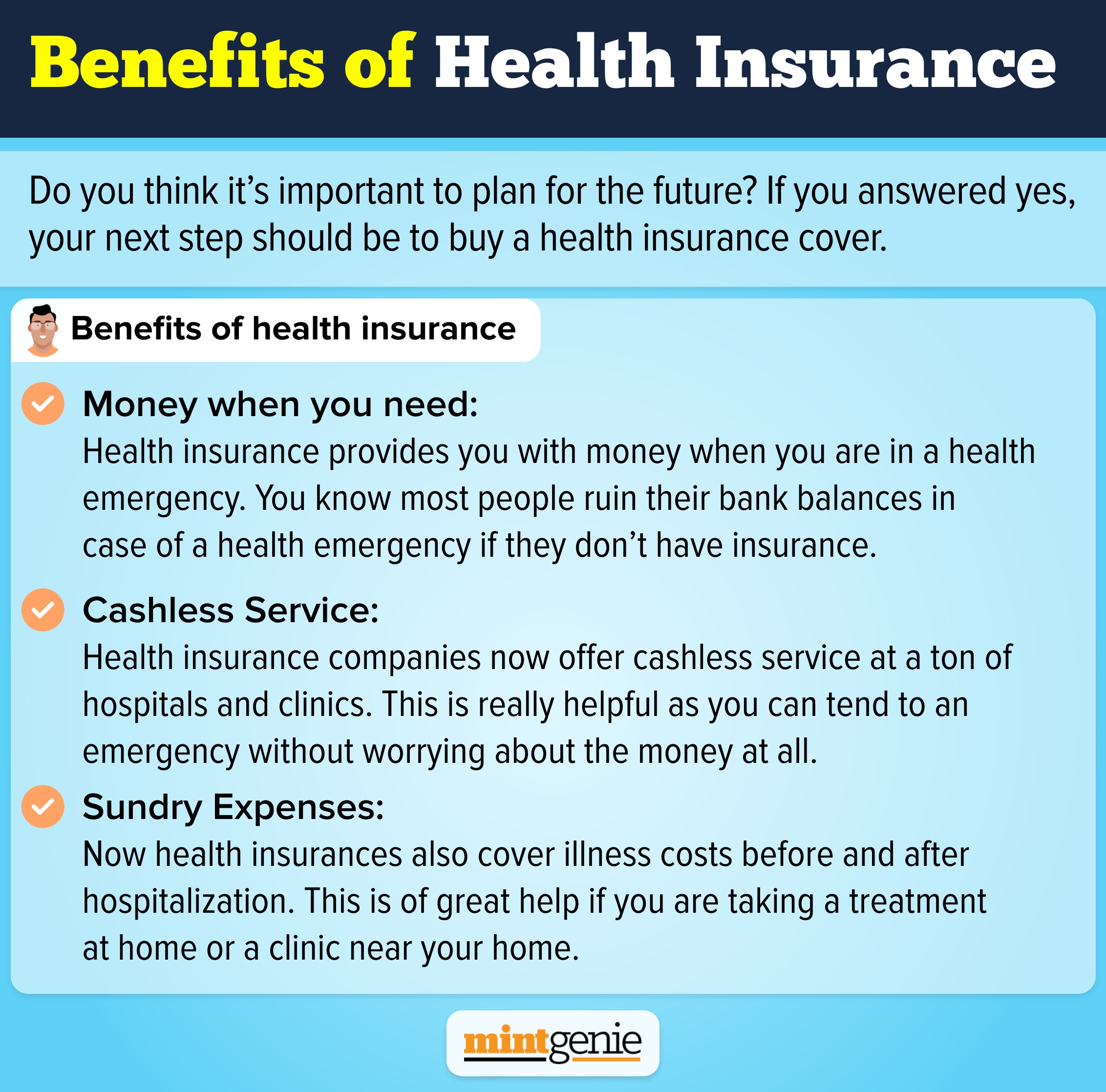The Definitive Guide to Medicare Advantage Agent
The Definitive Guide to Medicare Advantage Agent
Blog Article
Getting The Medicare Advantage Agent To Work
Table of ContentsSome Known Incorrect Statements About Medicare Advantage Agent The Greatest Guide To Medicare Advantage AgentWhat Does Medicare Advantage Agent Do?


follows from complies with the puzzling young fairly profile of the uninsured with the better healthFar better wellness average, standard younger personsMore youthful For those without accessibility to office wellness insurance coverage, poor health and wellness is a prospective obstacle to purchasing nongroup insurance coverage because such protection might be extremely valued, exclude pre-existing conditions, or be merely not available. Unless otherwise kept in mind, national price quotes of people without wellness insurance policy and percentages of the populace with various kinds of insurance coverage are based on the CPS, the most widely used source of quotes of insurance coverage and uninsurance prices.

Little Known Questions About Medicare Advantage Agent.
Over a three-year duration starting early in 1993, 72 million individuals, 29 percent of the U.S. population, were without insurance coverage for at the very least one month. Within a single year(1994), 53 million people experienced at the very least a month without insurance coverage(Bennefield, 1998a). 6 out of every ten uninsured adults are themselves utilized. Working does enhance the likelihood that one and one's household members will have insurance coverage, it is not a warranty. Also participants of family members with two full time wage earners have virtually a one-in-ten chance of being uninsured (9.1 percent without insurance rate)(Hoffman and Pohl, 2000 ). The partnership in between wellness insurance coverage and access to care is well established, as documented later on in this phase. The connection between health insurance policy and wellness outcomes is neither direct neither easy, a considerable scientific and health and wellness solutions study literary works web links wellness insurance protection
to improved better to care, better quality, and improved boosted and population populace status. The 2nd record, on personal health end results for without insurance adults, is stood for by the inner circle of the figure, while the 3rd report, on family members well-being, encompasses the topics of the 2nd report however highlights a different unit of evaluation, particularly, the family. The sixth report in the series will certainly provide info regarding strategies and efforts embarked on locally, statewide, or nationally to attend to the lack of insurance coverage and its unfavorable effects. Degrees of evaluation for examining the impacts of uninsurance. This conversation of medical insurance coverage concentrates primarily on the U.S. populace under age 65 because virtually all Americans 65 and older have Medicare or various other public coverage.
It focuses especially on those without any type of health insurance coverage for any kind of length of time. The issues encountered by the underinsured remain in some respects comparable to those dealt with by the uninsured, although they are typically less extreme. Uninsurance and underinsurance, nevertheless, entail clearly different plan concerns, and the methods for addressing them might differ. Throughout this research study and the five records to adhere to, the main emphasis is on individuals without health and wellness insurance and hence no assistance in spending for healthcare beyond what is offered through charity and safety and security web organizations. Health insurance coverage is a powerful element impacting invoice of treatment because both patients and physicians react to the out-of-pocket price of solutions. Wellness insurance coverage, however, is neither essential neither enough to access to medical services. Nonetheless, the independent and straight impact of health and wellness
insurance protection on access to Source health and wellness solutions is well developed. Others will certainly acquire the wellness treatment they require even without wellness insurance, by spending for it out of pocket or seeking it from carriers who provide treatment free or at extremely subsidized rates. For still others, medical insurance alone does not ensure invoice of treatment due to various other nonfinancial obstacles, such as a lack of Continued health and wellness care companies in their area, restricted accessibility to transportation, illiteracy, or linguistic and cultural differences. Formal study concerning without insurance populaces in the USA dates to the late 1920s and very early 1930s when the Committee on the Expense of Healthcare generated a series of reports about funding medical professional office sees and hospital stays. This problem came to be significant as the varieties of clinically indigent climbed during the Great Depression. Empirical research studies regularly sustain the link in between accessibility to care and enhanced health results(Bindman et al., 1995; Starfield, 1995 ). Having a normal resource of care can be taken into consideration a forecaster of access, rather than a straight procedure of it, when wellness outcomes are themselves used as access indications. This expansion of the idea of access dimension was made by the IOM Committee on Checking Gain Access To to Personal Health And Wellness Treatment Solutions(Millman, 1993, p. Whether moms and dads are guaranteed shows up to influence whether their kids receive care along with just how much careeven if the children themselves have protection(Hanson, look at these guys 1998). The health of moms and dads can impact their ability to take care of their children and the degree of family stress and anxiety. Fretting regarding their youngsters's accessibility to care is itself a source of tension for parents. Three phases adhere to in this record. Chapter 2 offers a summary of exactly how employment-based medical insurance, public programs and private insurance policy policies run and communicate to provide substantial yet incomplete insurance coverage of the U.S. populace. This consists of a testimonial of historical trends and public plans affecting both public and exclusive insurance, a discussion of the interactions among the various kinds of insurance coverage, and an exam of why individuals relocate from one program to another or wind up

Report this page